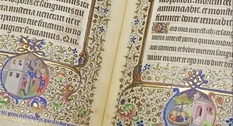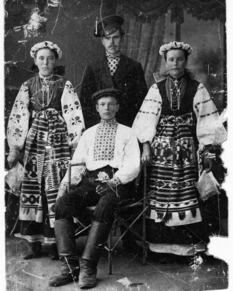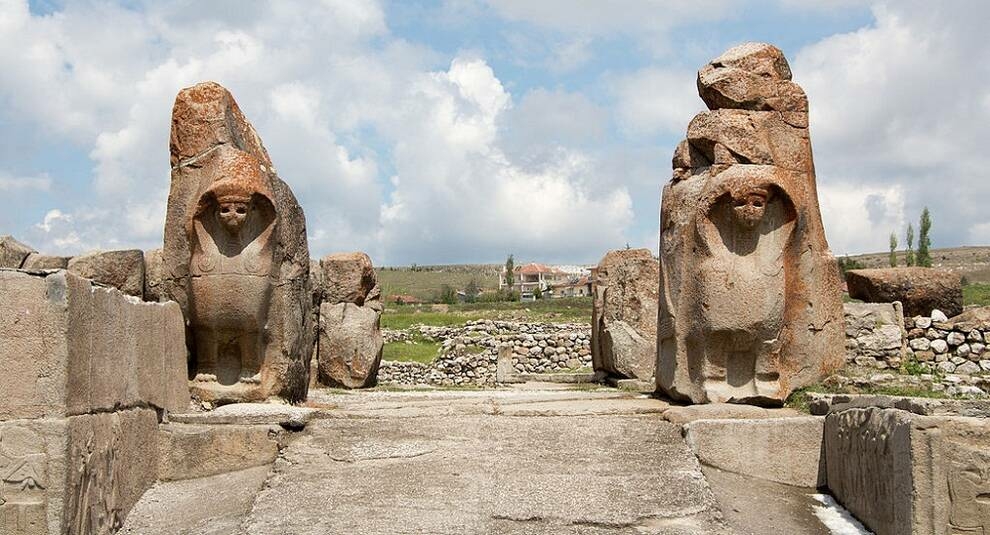
Aladja-Huyuk: an ancient city in Asia Minor
In Asia Minor, during the Neolithic period, there was an ancient city of alacahöyük, which existed until the period of the Hittite Kingdom. Today, the ruins of the city are located on the territory of Turkey, in the Aladja region. Among the most important monuments are the sculpture "Sphinx Gate" and the Royal tombs. Artifacts from the Eneolithic, early bronze, Hittite, and Phrygian eras are found in 15 cultural layers. The Hittite era is represented in 3 layers, and all of them form the visible part of Alaja-Huyuk.
The ruins were actively studied at the end of the XIX century. in 1907, the archaeological site was studied by Theodore Bey, who spent two weeks here. The Royal tombs were discovered in 1910 by German archaeologists. The sphinxes are located at the entrance to the Hittite city, which was very well fortified: it was surrounded by a wall and defended by towers designed to repel the attacks of the kasku people. The entrance to the city through the wall was the main gate to the East and West. In 1935, the excavations brought rich fruits: finds of pre-Hittite times of the IV Millennium BC. Inside the tombs were artifacts of a later period - the third Millennium BC: jewelry, metal utensils, items whose purpose could not be determined (probably had a sacred meaning).
Dishes (cups and other items) are made of gold and electron. The surface of the products is decorated with images of animals (bulls, deer), which are on pedestals. Early bronze age finds include the solar disk, fibulae, diadems, belts, etc. The earliest period is contemporary with the Maikop culture, and the findings indicate that these two cultures are related. The Royal graves belong to the period of the city's heyday in the second quarter of the third Millennium BC. E., the city was destroyed around the same time as Troy 2, traces of destruction stretch throughout the Northern part of Turkey, which is probably associated with the migrations and conquests of the peoples of the Caucasian language family. In the first half of the second Millennium BC, the city was inhabited by the Hutts, who were replaced by the Hittites. The Hittites built dams and irrigation structures that have survived to the present day.
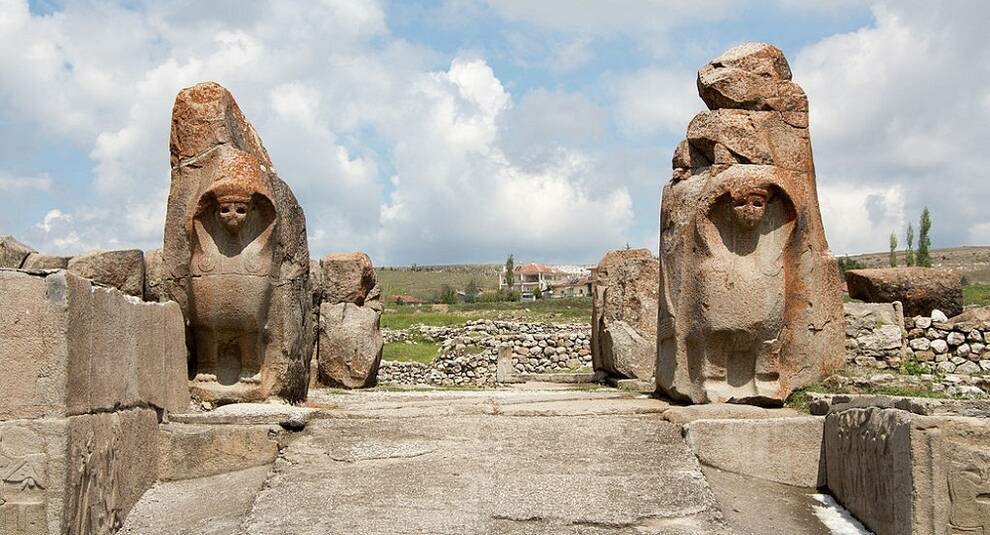
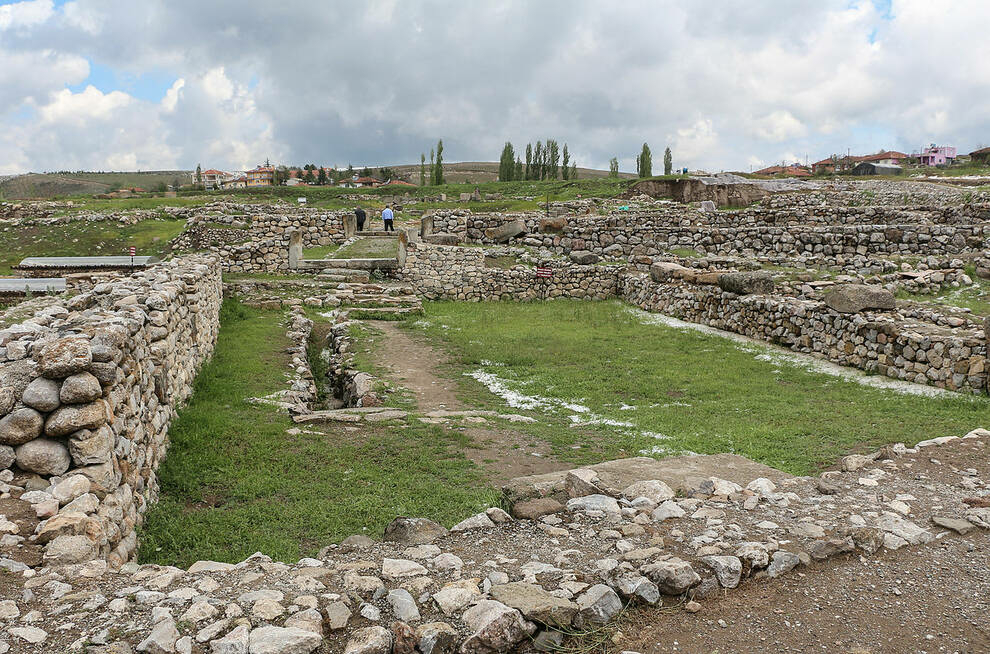
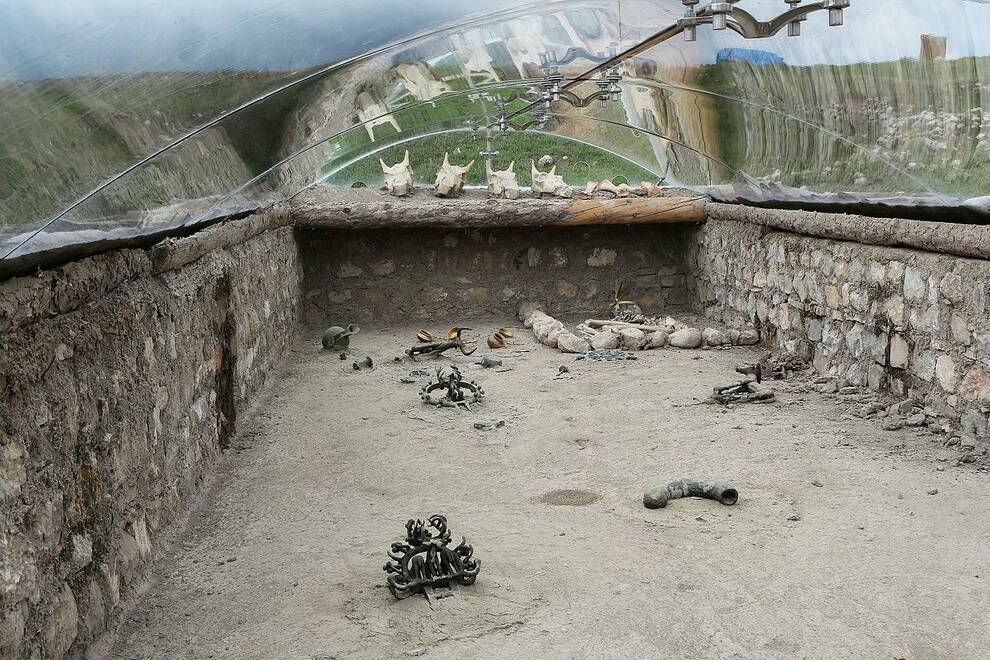
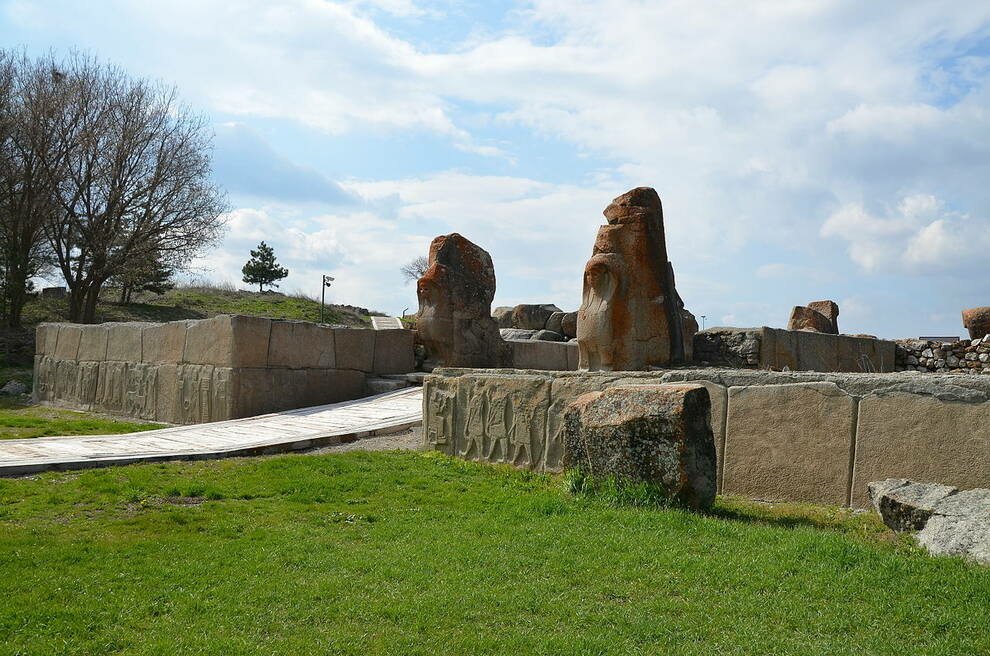
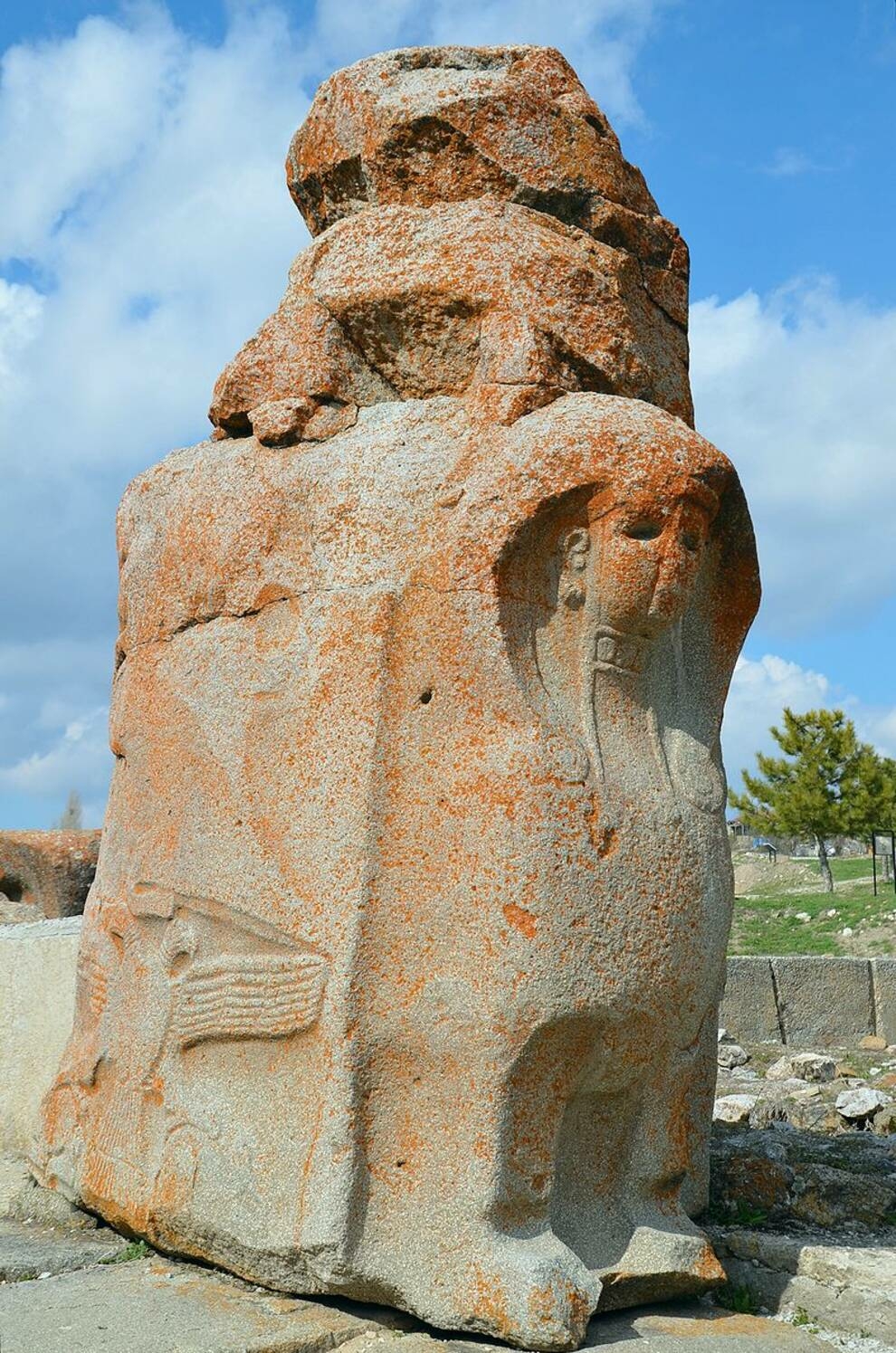
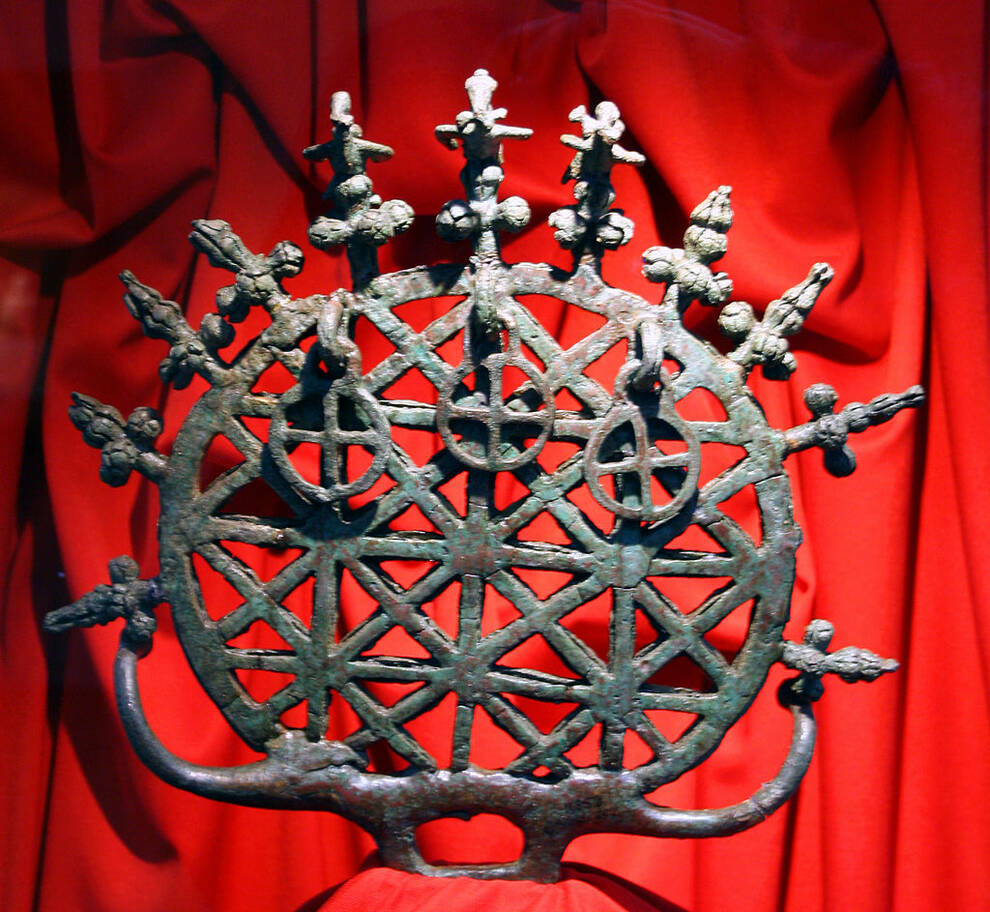
The ruins were actively studied at the end of the XIX century. in 1907, the archaeological site was studied by Theodore Bey, who spent two weeks here. The Royal tombs were discovered in 1910 by German archaeologists. The sphinxes are located at the entrance to the Hittite city, which was very well fortified: it was surrounded by a wall and defended by towers designed to repel the attacks of the kasku people. The entrance to the city through the wall was the main gate to the East and West. In 1935, the excavations brought rich fruits: finds of pre-Hittite times of the IV Millennium BC. Inside the tombs were artifacts of a later period - the third Millennium BC: jewelry, metal utensils, items whose purpose could not be determined (probably had a sacred meaning).
Dishes (cups and other items) are made of gold and electron. The surface of the products is decorated with images of animals (bulls, deer), which are on pedestals. Early bronze age finds include the solar disk, fibulae, diadems, belts, etc. The earliest period is contemporary with the Maikop culture, and the findings indicate that these two cultures are related. The Royal graves belong to the period of the city's heyday in the second quarter of the third Millennium BC. E., the city was destroyed around the same time as Troy 2, traces of destruction stretch throughout the Northern part of Turkey, which is probably associated with the migrations and conquests of the peoples of the Caucasian language family. In the first half of the second Millennium BC, the city was inhabited by the Hutts, who were replaced by the Hittites. The Hittites built dams and irrigation structures that have survived to the present day.

Photo © ru.wikipedia.org

Photo © ru.wikipedia.org

Photo © ru.wikipedia.org

Photo © ru.wikipedia.org

Photo © ru.wikipedia.org

Photo © ru.wikipedia.org

